New car prices have been going up and up for years now, with costs surging during the pandemic as car brands continue to grapple with several supply-chain issues. Point being, new cars are becoming more and more expensive to own, let alone run.
Which brings me to this long-term UrbanGuide review of the Suzuki Ignis GLX, which will take place over three months. Not only is this diminutive vehicle one of the cheapest new cars on the market, it’s also among the most affordable SUVs, rivalling the larger Kia Stonic and Hyundai Venue from the same Light SUV segment.
Now, I can’t sit here with a straight face and tell you the MF-series Ignis is actually an ‘SUV’. After all, at 3700mm long (with a 2435mm wheelbase), 1660mm wide and 1595mm tall, it’s more micro hatchback (think Kia Picanto) than ‘light SUV.'
But it is a viable option for anyone looking to get behind the wheel of a relatively inexpensive new car.
That said, not even the Ignis has been immune to the ongoing cost pressures, with the flagship GLX variant on test here having gradually risen from $19,990, plus on-road costs, when its Series II ‘facelift’ arrived in June 2020, to $22,490 at the time of writing (note my test vehicle is finished in $595 worth of 'Khaki Pearl' metallic paintwork).

And let’s not forget the similarly specified Series I version was priced at $18,990 at launch in January 2017.
So, the GLX has become $3500, or 17.7 per cent, dearer over the past 5.5 years, but its list of standard equipment has barely changed.
In fact, the MY22 Ignis I’ve got the keys to lacks the in-built satellite navigation system of previous model years due to the global semiconductor shortage.
It does, however, have a larger touchscreen, at 9.0 inches instead of 7.0, so that’s a nice plus. Also, wired Apple CarPlay and Android Auto support carries over. There’s no word on if, let alone when, the old set-up will be reintroduced.

Of course, the GXL’s price rises would be more palatable if Australia had received the suite of advanced driver-assist systems introduced in the Japanese market for Series II.
That’s right, we miss out on key safety features like autonomous emergency braking (AEB) with pedestrian detection, lane departure warning and surround-view cameras.
That’s a shame, because their unavailability arguably remains the Ignis’ biggest drawback, given the rival Stonic (from $23,490) and Venue (from $23,260) are equipped with some of them.
The GXL, in particular, only comes with a short list of basic safety equipment, including regular cruise control, a reversing camera, ABS, EBD, BAS, hill-start assist, the usual electronic stability and traction control systems, and six airbags. Yep, it doesn’t even get parking sensors, let alone blind-spot monitoring.
For families, two ISOFIX and three top-tether anchorage points are on hand for fitting child seats in the narrow second row. But it’s worth noting the GXL is only a four-seater due to its sliding 50/50 split-fold rear bench.
For reference, the Ignis’ entry-level GL variant (from $19,490) has three fixed pews (with 60/40 split fold) in the back.
Other standard features in the GXL include auto LED headlights, black 16-inch alloy wheels (with a space-saver spare), roof rails, keyless entry and start, Bluetooth connectivity, a six-speaker sound system, a monochrome multifunction display, a USB-A port, a 12V power outlet, single-zone climate control, a leather-trimmed steering wheel, and fabric seat upholstery.

The Ignis also comes with Suzuki Australia’s five-year/unlimited-kilometre warranty, which is now average for the mainstream market. For reference, some other brands, like Kia, offer a seven-year term.
Also average are the GXL’s service intervals, at every 12 months or 15,000km, whichever comes first. Capped-price servicing is available for the first 60 months or 75,000km, costing $1465 in total for an average of $293 per visit – that’s pretty good.
Keep in mind up to five years of roadside assistance is also tied to servicing annually at an authorised dealership, if that’s important to you.
Under the bonnet, the Ignis comes with a 1.2-litre naturally aspirated petrol four-cylinder engine. It produces a modest 66kW at 6000rpm and 120Nm at 4400rpm.

Those outputs don’t sound promising on paper, but keep in mind this vehicle only has a kerb weight of 820kg, which is helpful.
Australia also misses out on the mild-hybrid version of this engine that’s offered in Japan. That said, it’s still quite miserly, with fuel consumption on the combined-cycle test (ADR 81/02) pegged at just 4.9L/100km. While not quite Toyota Hybrid good, that’s a very encouraging claim in a world where petrol prices are soaring.
But what’s more of interest to me is how the GXL’s urban fuel consumption claim of 5.7L/100km stacks up in the real world. This is an UrbanGuide review, after all.
In my first month, I averaged 6.3L/100km over 578km of driving, most of which took place within the city limits. That’s a pretty impressive return considering how much time I spent in traffic. Stay tuned to the next two instalments to find out if I can better that result!
Now, it’s worth noting the GXL doesn’t offer the five-speed manual gearbox of the GL, with it instead coming standard with the shared continuously variable transmission (CVT).
That sort of automatic option never gets me excited, so I’m keen to see my feelings towards it at the tail end of my ‘ownership' experience.
Speaking of which, what is the plan of attack? Well, in the second instalment of this long-term UrbanGuide review, I’ll take a close look at the Ignis’s design and practicality.
And in the third and final part, I’ll deep-dive how it drives and, of course, deliver my final verdict. Stay tuned!
Acquired: April 28, 2022
Distance travelled this month: 578km
Odometer: 2092km
Average fuel consumption this month: 6.3L/100km
Suzuki Ignis 2022: GLX (qld)
| Engine Type | Inline 4, 1.2L |
|---|---|
| Fuel Type | Premium Unleaded Petrol |
| Fuel Efficiency | 4.9L/100km (combined) |
| Seating | 4 |
| Price From | $18,040 - $22,880 |
Pricing Guides







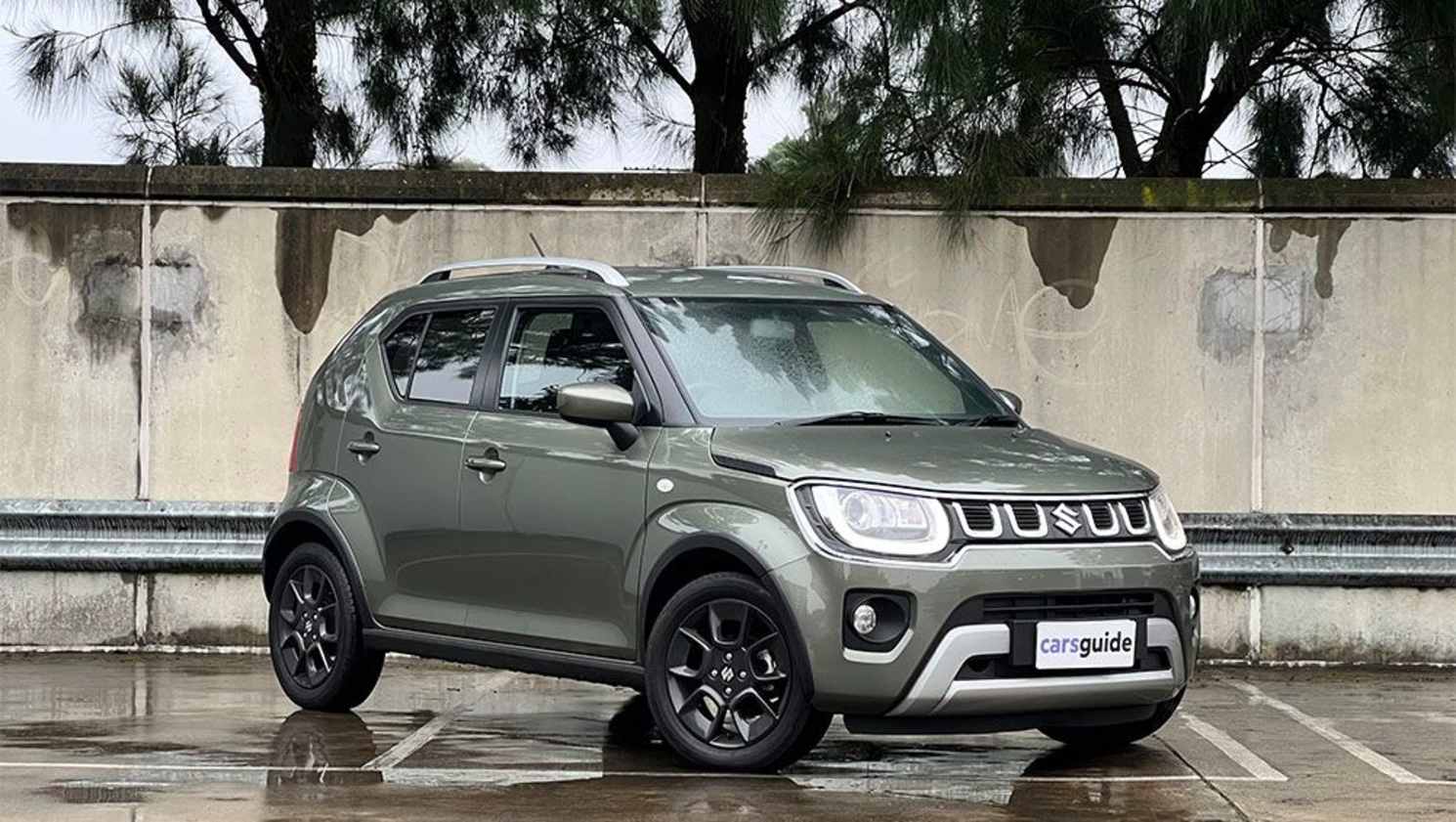

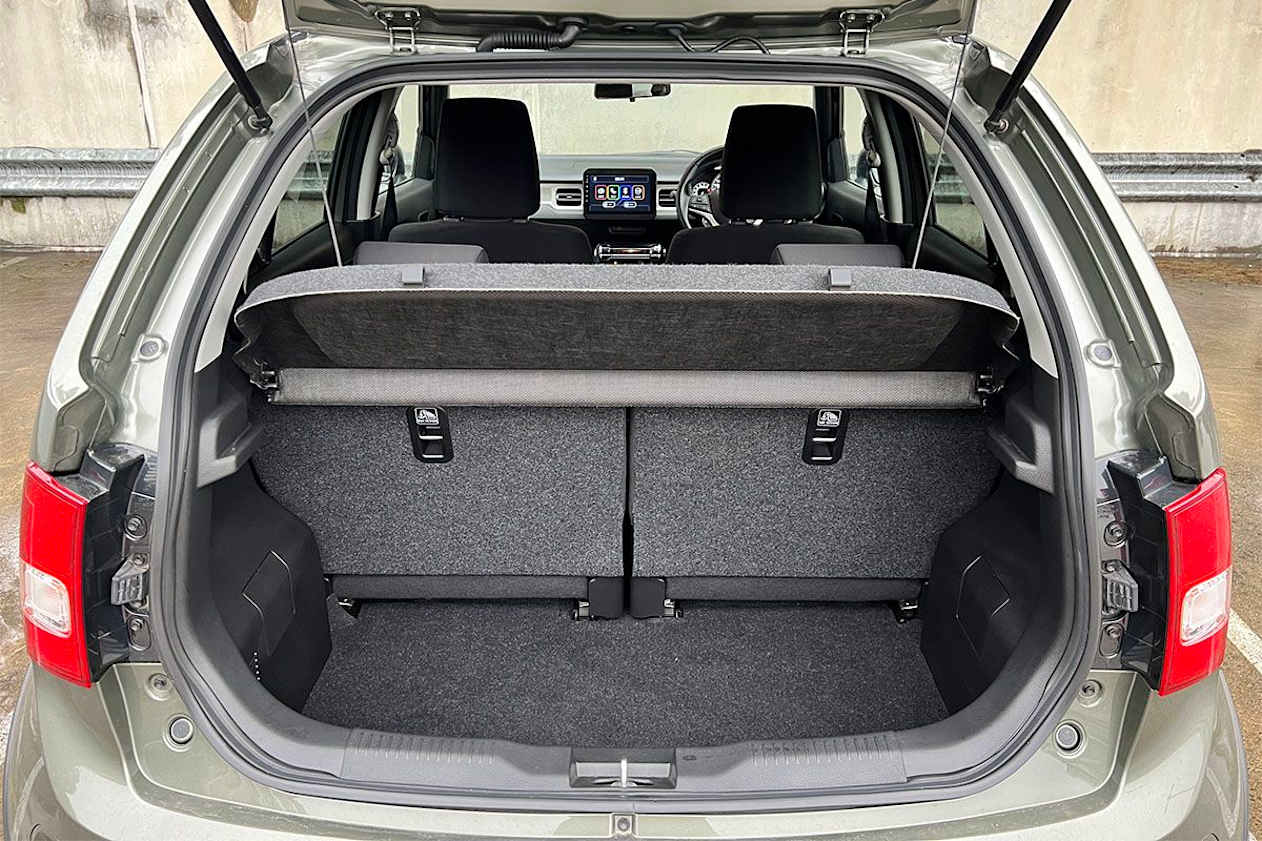
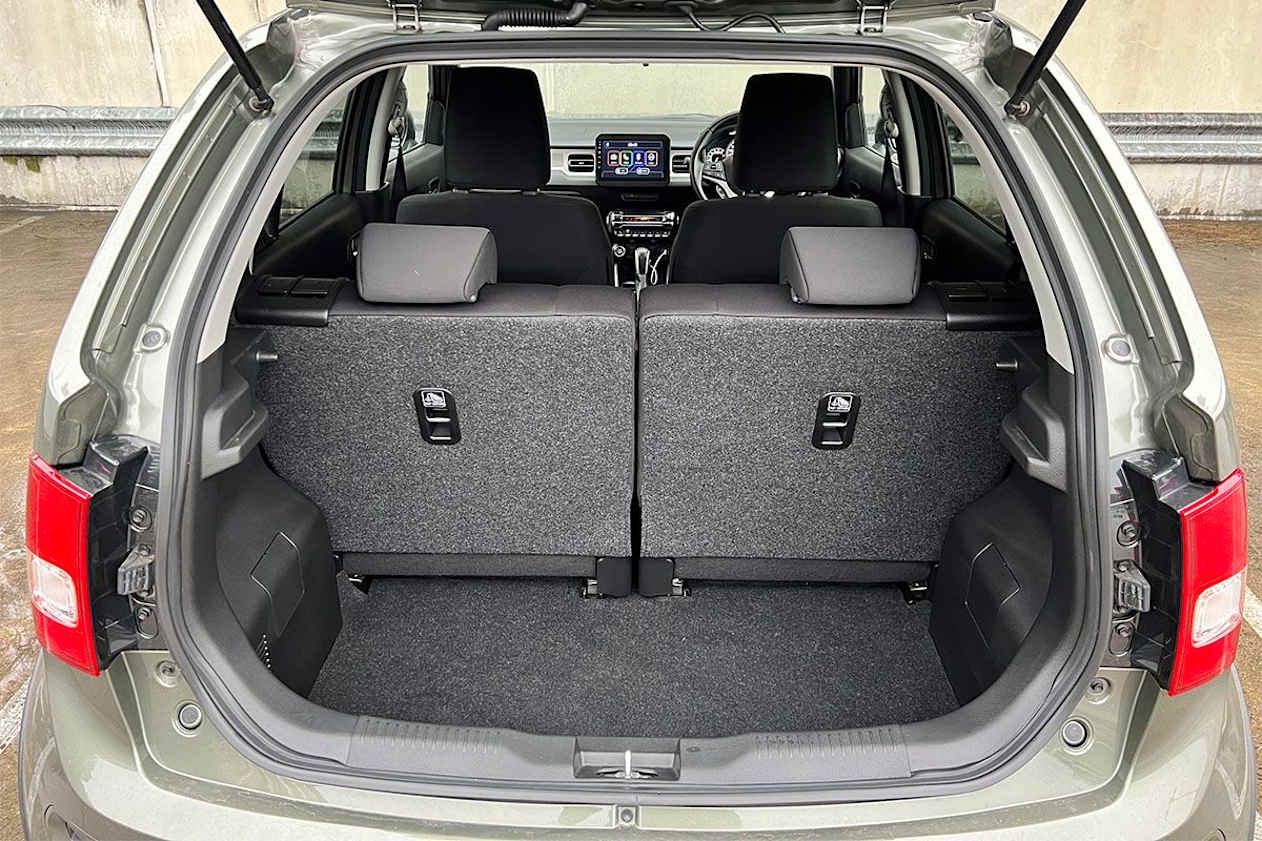
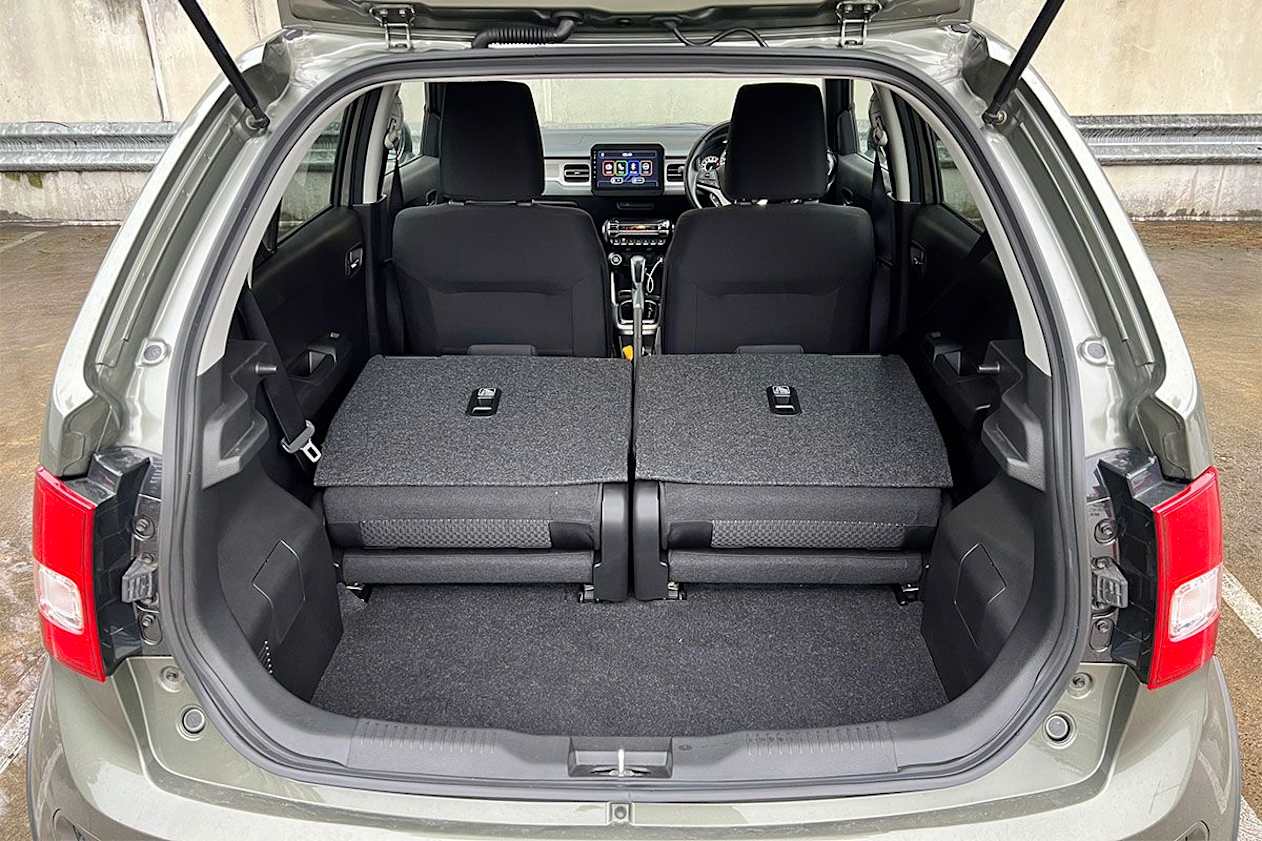



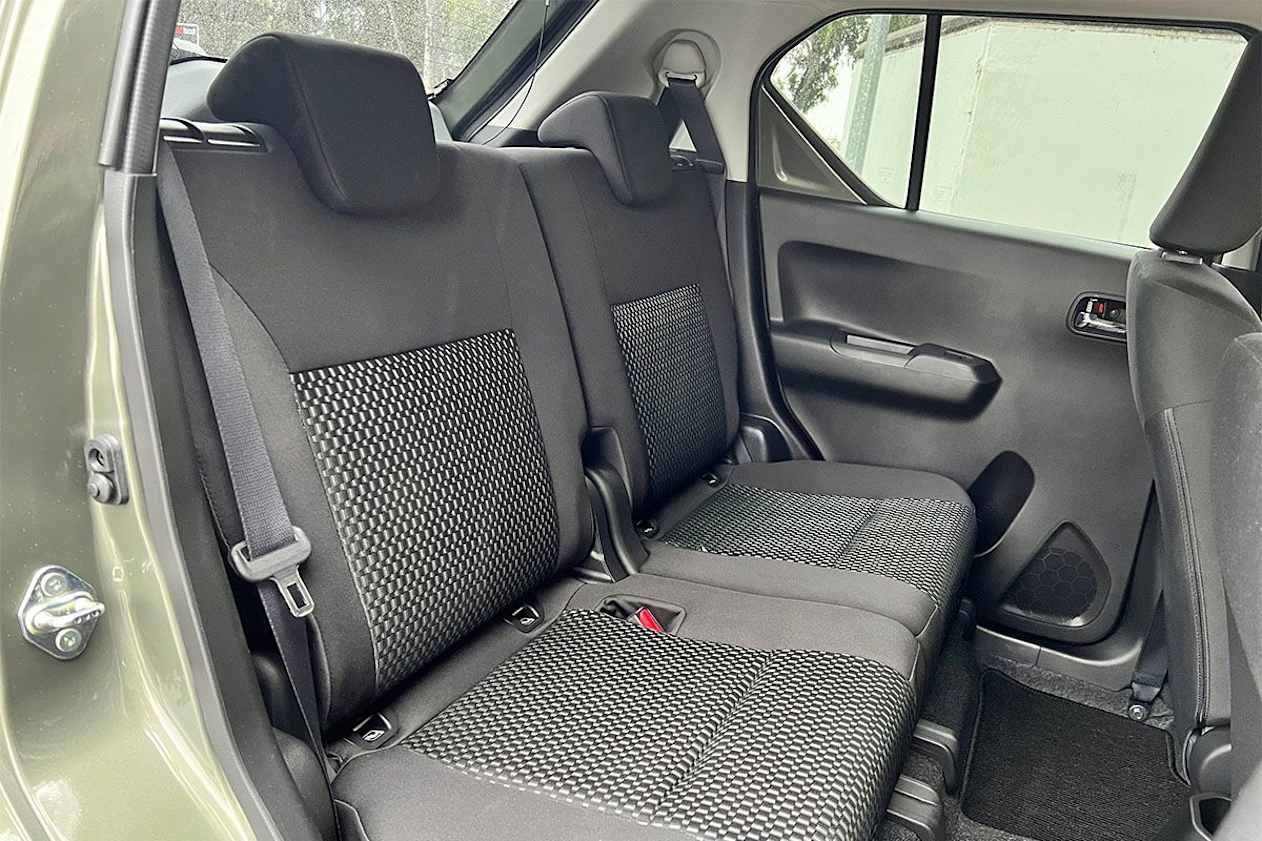
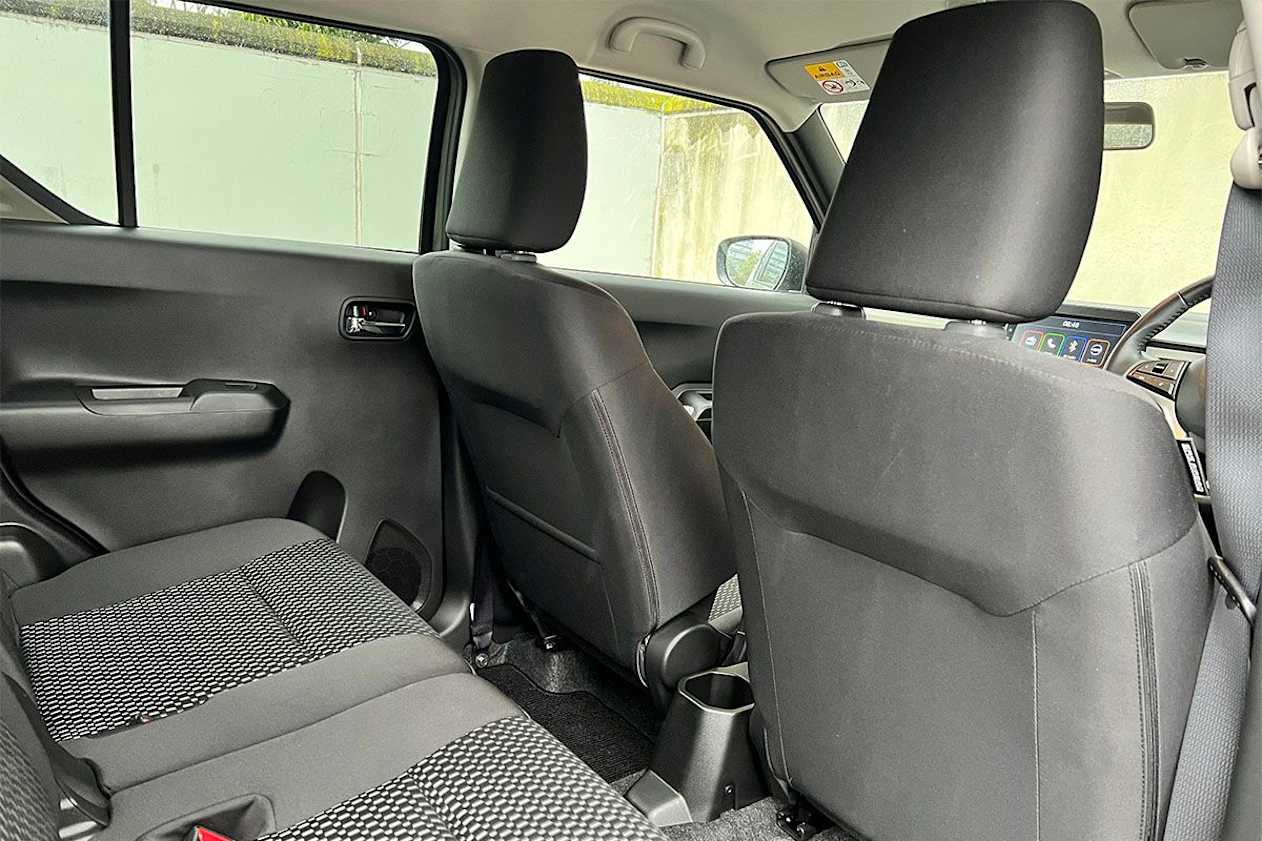
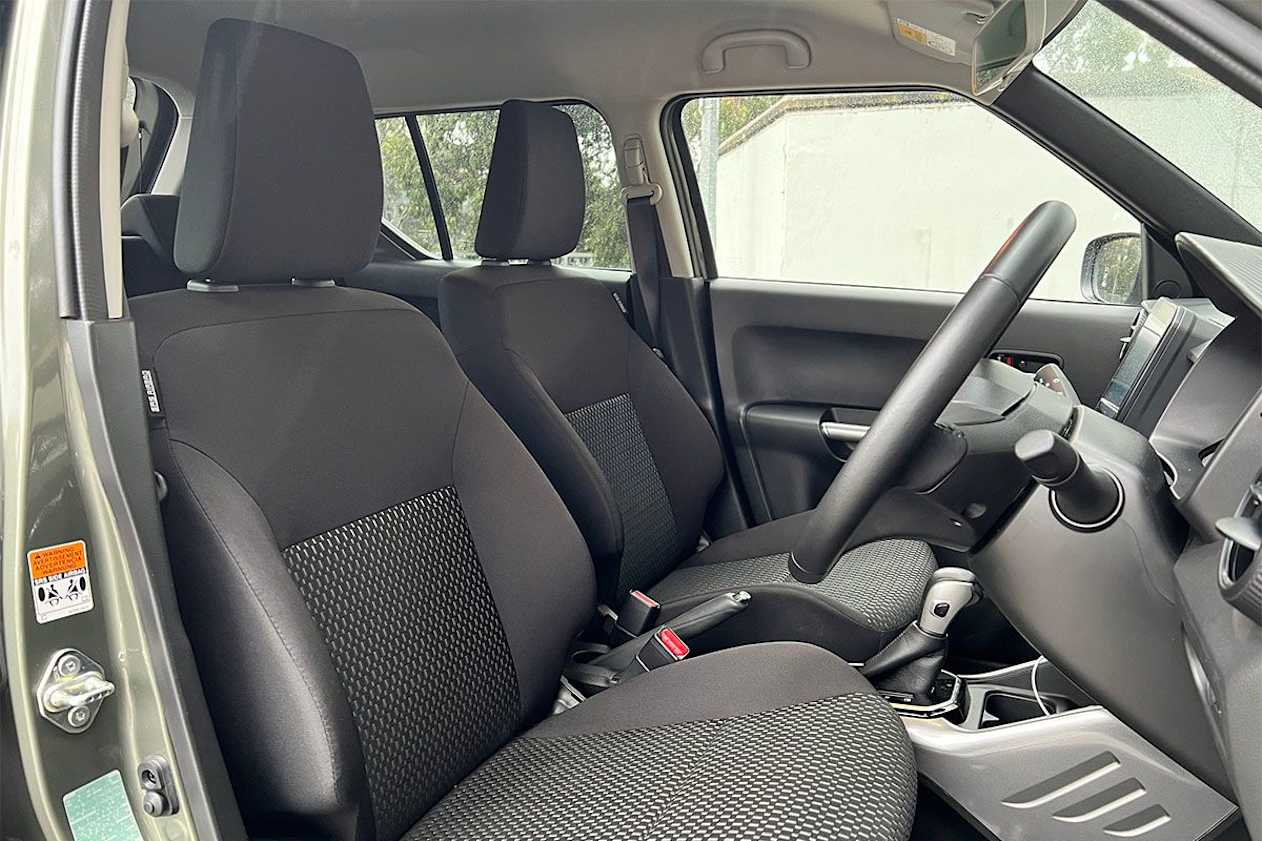













.png)








.jpg)


.jpg)


.jpg)